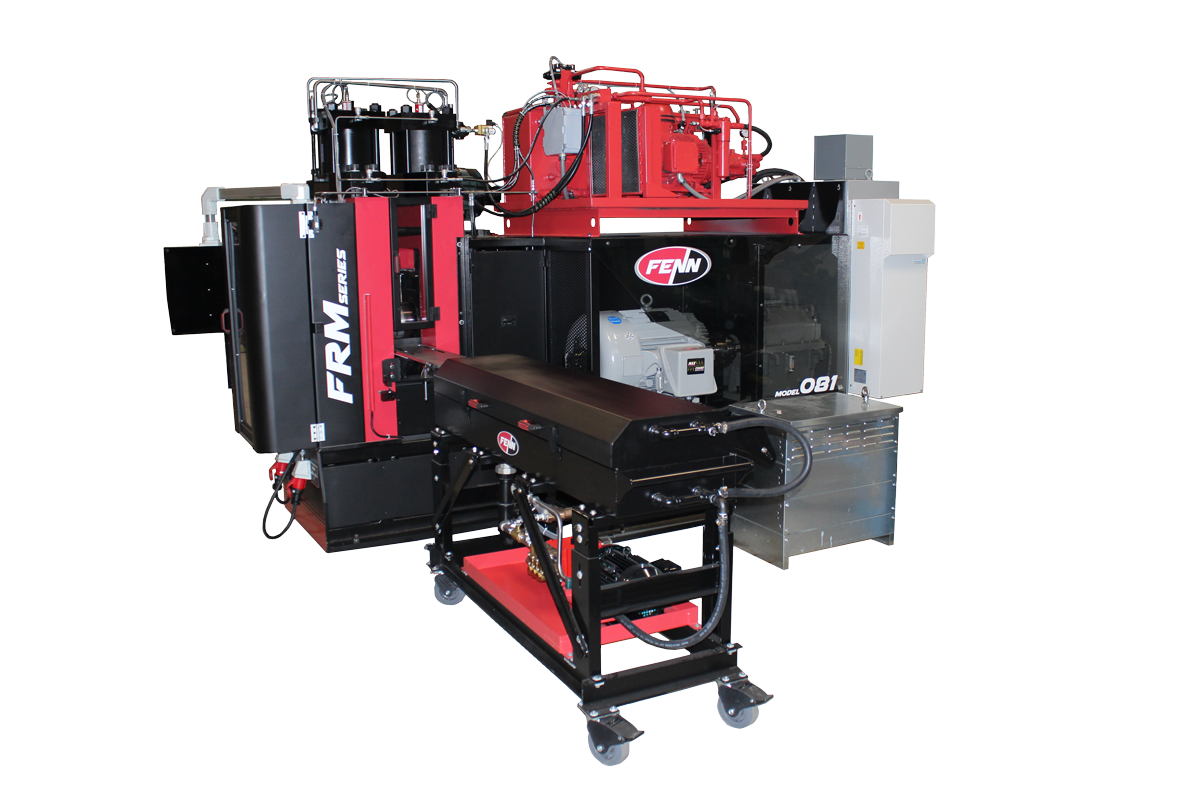The Aluminum Rolling Mill Process & Types
A rolling mill is a metal forming machine where the material (metal) is passed through one or more pairs of rolls to reduce its thickness or gauge. There are many variations of rolling mills, with different designs for the specific material or application required.
What is an Aluminum Rolling Mill?
An aluminum rolling mill is a particular type of rolling mill designed for the specific purpose of rolling aluminum or an aluminum alloy – meaning other elements were added to aluminum to enhance the properties of the metal.
There are a few different methods for processing aluminum with a rolling mill. The technique used depends on the state of the material before rolling and the desired end goal for the material. Three common methods include hot rolling, coil-to-coil rolling, and coil wire rolling.
The Process Behind Rolling Mills & Types Available
Hot Aluminum Rolling
Hot aluminum rolling is a good idea if you are starting with a slab or plate. For this process, the aluminum or aluminum alloy slab or plate is first heated in a furnace to bring the material to the desired temperature. The material needs to be heated, as heated material has a lower tensile strength so that it can be formed more easily in the rolling mill. The material is then transferred to the rolling mill, which is likely rolled several times to achieve a smaller gauge than before. In addition to lowering the tensile properties of the material, the material becomes more plastic in nature. This allows for taking a larger max reduction in the material thickness in a single pass before reaching the metallurgical limit of the material, or having the mill rolls roll lose grip. Taking a large reduction in thickness may be necessary if you are looking to metallurgically bond the aluminum plate or strip to another alloy.
After the material has cooled to a specific temperature, the metallurgical limit and max reduction is significantly reduced. Depending on the metallurgical criteria, the finish size may be achieved in a cold rolling state at the reduced conditions. Otherwise, the material must then be heated again before continuing. When hot rolling short length aluminum, the primary source of heat loss occurs when the aluminum is sitting outside of the rolling mill between passes. To maximize the number of passes before needing to reheat the material, minimize the amount of time the material spends outside of the mill.
Since the material has been rolled to a longer piece, it is likely too large to fit in the furnace for re-heating. If that is the case, the material will need to be cut into smaller pieces using a shear before fitting inside the furnace again.
The smaller pieces can then be heated and individually rolled until they reach the desired final gauge.
Coil-to-Coil Aluminum Rolling
Another way to process aluminum with a rolling mill is by using a coil-to-coil rolling mill machine. This process typically cold rolls the material, so no heating or furnace is involved.
Large rolls of thicker gauge aluminum are passed continuously through a rolling mill or set of rolling mills until it reaches the desired gauge and is collected on another coil on the other end of the machine. Cluster rolling mills are often used within this application because the extra rolls are needed to bring the material down to a very thin gauge.
A typical application for coil-to-coil aluminum rolling is the production of aluminum foil.
Depending on the production required, a single reversing mill can be used where the coil is passed back in forth or multiple mills with tension equipment between are put in line with each other allowing for the production of the finish size in a single pass.
When running coil to coil, auxillary equipment such as in line gauging, annealing equipment, or cleaning equipment can be integrated in line with the rolling mill for efficiency purposes.
Hot rolling, when doing coil to coil rolling, can also occur but is only typical when you are trying to metallurgical bond aluminum strip to another metal. When hot rolling material in coil to coil form, the rolling direction is typically not reversible and the number of mill stands selected is what is required to achieve the final finish size without needing to be repassed in order to minimize heat loss.
Coil Wire Rolling of Aluminum
The third way rolling mills can be used to reduce aluminum is with a typical wire shaping line, which can reduce or shape aluminum/alloy wire. The material starts as round aluminum or aluminum alloy wire on a coil and is fed through the shaping line, coming out on the other end as the desired flat or shape needed for the application.
There may be several rolling mills or turks heads included in the line. Each rolling mill is designed to further reduce the gauge of the wire. If a turks head is included, it utilizes its two pairs of rolls, one arranged vertically and one arranged horizontally, to create a special shape (instead of a natural flat), such as a square, rectangle, or wedge-shaped wire.
One popular example of wire rolling aluminum is creating zipper stock, as aluminum zipper stock is less expensive and equally effective than its brass counterpart. Some electronics use aluminum wire instead of copper to carry electricity. And finally, transformer strips can be aluminum, a cheaper alternative to copper.
Have an aluminum rolling mill application? With over 120 years as the leading manufacturer of rolling mills, the experts at FENN can help design and build the right machine to suit your application requirements. Consult with our experts or get a quote from FENN today! Contact sales@fenn-torin.com.


